#we don't even have the REALLY scary containment rooms that a few biological laboratories have
Explore tagged Tumblr posts
Text
7/30 germs.
(Previous) | (Index) | (Next)
⛬
We return to a movie that disrespects the archaeological importance of roads, Prometheus.
I am still not over that. I will never be over that.
This time, content warnings for continuing frat boy archaeology, cringeful application of racist terms to lily-white androids, me screeching about site contamination some more, and Apollo’s dodgeball striking this movie with a glancing blow about masking.
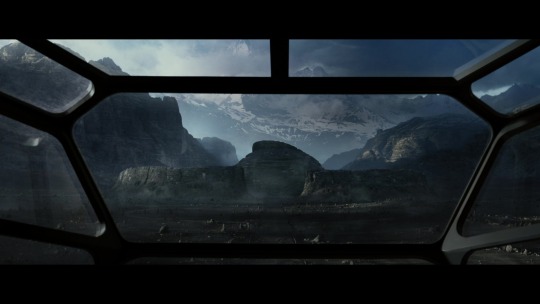
So, back in the theater in 2012, I had already lost sympathy for the cast. They were being set up as stock horror movie characters, they were doing their jobs in a way with a certain flair for the incompetent.
And one of them, I suspect, the movie intends to make into a “flawed but you feel for him” kind of guy. Or, I hope they intended to make him “the guy in the slasher movie who you hate and want to see die”. That’s Holloway, one of the two archaeologists. He’s robot racist.
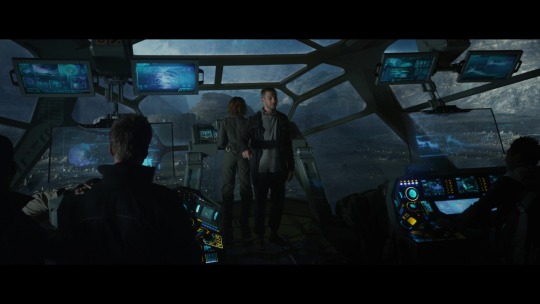
Like, seriously robot racist. The whole crew is, David literally gets referred to as “boy” here, which isn’t so much a dogwhistle as a tornado siren. No wonder David is quietly starting to show his disdain for the human crew.
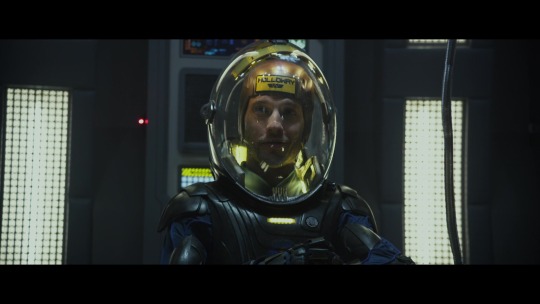

“They're making you guys pretty close [to human now], huh?” “Not too close, I hope.”
One of the few themes the movie handles halfway competently is the parallel between the humans stumbling all over themselves as they rush to go meet their makers, while David is already experiencing the disappointment of actually meeting his, and finding out they’re a bunch of clueless assholes. Are we supposed to believe the same of the Engineers? I don’t know. They definitely think of humans as lesser, though. More to come on that later.

Because right now, an expedition is barrelling toward the alien structure–again, driving all over the FCKING ALIEN ROAD–and they’re doing it with only six hours of daylight left, because Holloway literally says “It's Christmas [...] and I want to open my presents.”
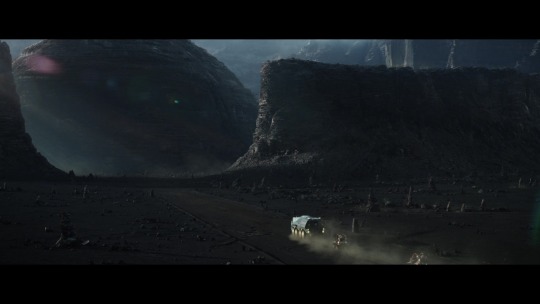
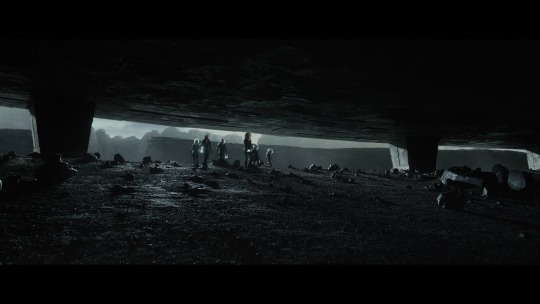
I cannot communicate how heinous this character felt. The actor did a perfectly fine job playing him, but if Charlie Holloway was real, his name would be said with the same venom as that of the man pictured below: Heinrich Schliemann, the man who found the real, actual city of Troy, and immediately dynamited a trench through the royal palace, destroying who knows how many artifacts from the period the Iliad was based off of. Yes, I picked out the most assholish-looking photo of him I could find on purpose.
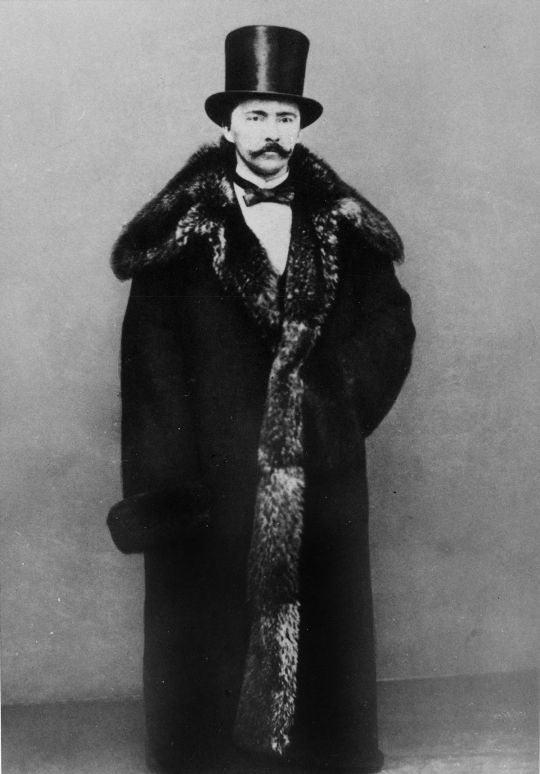
Also, Holloway’s an anti-masker, apparently.

I’m going to step back for just one second and list the one practical, movie budget reason why characters might take their helmets off. The costume designers did an admirable job coming up with something that fits the general requirement of a helmet in major studio releases, prior to The Mandalorian: make the actor’s faces completely visible, because without actors with a strong sense of physical presence and voice acting, you’ll lose connection with the audience.
They did a great job with that. Unfortunately, shiny helmets are a bastard to digitally edit film crew out of.
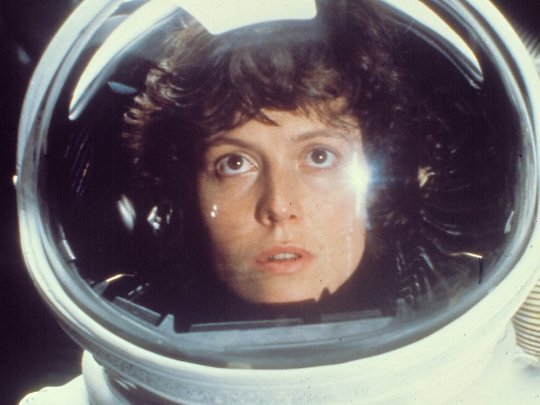
It’s not impossible to place lights and crew so that the audience won’t notice them. Alien certainly pulled it off. Clear plastic elements in helmets also mean other logistical challenges, though: fogging being the main one. This, and cooking your actors in a fishbowl under studio lights.
Both problems can be simultaneously combated by installing A/C fans within the helmets, but because these helmets are entirely clear, you’re limited to hiding them down near the neck, and anybody who’s done similar for a cosplay or suit will know that it’s potentially noisy and not always effective. You can actually see condensate on the helmets in the movie, though whether that’s from the actor’s breath or a deliberate choice, I don’t know.
All this adds up to increased time resetting actors (i.e. cleaning sweat off of them without disrupting their makeup), more exhaustion from said actors, and the worry that the highest-paid, plot-critical actors may decide they don’t want to do a sequel if the shooting experience is too physically unhealthy.
And then there’s also more time spent carefully arranging crew and lights to hide their reflections, or more time making some poor VFX artist erase a transparent, curved reflection from frame and replace it with something else, or make the actors more comfortable by adding the glass in later with CGI, at the potential loss of some realism. The average modern movie studio would choose one of these VFX-driven options and demand it done in a week, which is why VFX artists need to unionize.
So. I understand at least a few logistical reasons why you don’t tend to make actors wear helmets for too many shooting days. But it has to be balanced with the story. It has to feel believable. It has to fit the story. It has to not make your characters look like mud-witted morons.
As soon as they find liquid water and the oh-so-deadly CO2 levels start to drop, Holloway takes his helmet off.
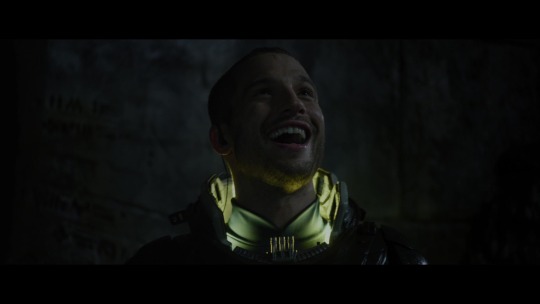
“Don't be an idiot.” “Don't be a skeptic.”
Flames on the side of my goddamn face.
Now, this is the moment a lot of people lost sympathy for the human characters, even back in 2012. It was a dumbass idea even then, in the pre-’rona years. Sadly, Millburn the biologist isn’t written smart enough to punch Holloway in the nuts over even thinking of doing this, because we have two problems with what Holloway’s doing here: Biology, and biology.
First, biology.
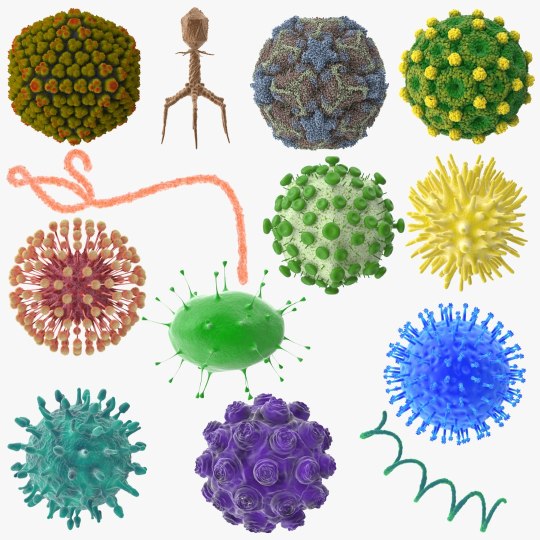
(https://www.turbosquid.com/3d-models/13-viruses-virus-3d-model/1071200)
Obviously, they don’t know if anything’s in the air. He could find out that humans are deathly allergic to alien dust mites. He could have just caught himself a case of space covid, which he and the lemmings that follow him can then transmit to the entire crew if he’s not kept in quarantine. They can sterilize the sealed suits, but they can’t sterilize the inside of his lungs. Yet.
Second, biology.

Specifically, Earth biology. Do you know how carefully modern space agencies sterilize anything that’s headed for Mars, or anywhere else that might have a biosphere of its own? A lot! They sterilize everything a lot! Because microbes are hardy little bastards. We’ve never found extraterrestrial life, only precursor molecules that show the capacity for life to develop in other places. How are you going to verify you’ve found alien life, or even those precursors, if you can’t prove that your samples are uncontaminated? What happens if microbes from Earth manage to survive the trip and establish a foothold somewhere? What if they destroy native life?
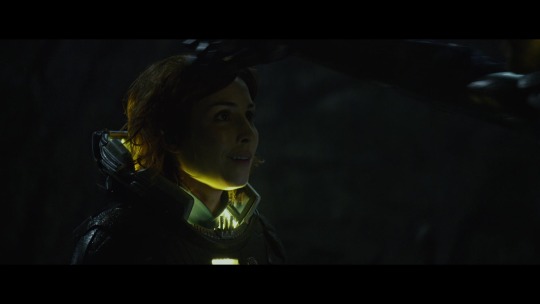
This movie’s characters treat this with only a fraction of the gravitas that the cinematography does, which is part of why this remains so jarring throughout. The practical sets, the art direction, and the camerawork are all excellent. The editing continues to do its best, though it almost feels like things were cut very tight through this to speed things along and to give more time, unfortunately, to what the characters are doing.
their crimes against my sanity are not done yet
⛬
(Previous) | (Index) | ⛬
⛬
As a side note, rounding up some discussion from a previous entry: The most excellent artist @noordzee pointed out that the clashing artistic style of the moon and stars slapped onto the carving of Kʼinich Janaab Pakal I. In the previous post, I focused on the link between that carving and its use in ancient aliens conspiracy theories. But let's dig a bit into actual Maya iconography around celestial bodies instead.
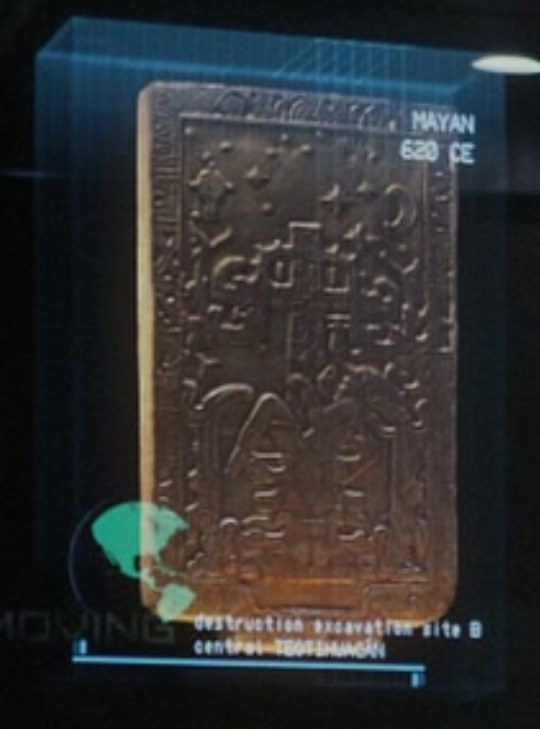
Now, I am not an expert on Classical Maya stuff. Not in the slightest. And there is a lot of information on their art that is linguistically inaccessible to me, as a non-Spanish speaker. But out of the Maya art and writing that survived the book-burning conquistadors, we have some iconography for the moon and stars, and they don’t look like what’s in the movie.
I wasn’t able to find any specific pieces of art that contained stars, but I did find the glyph for star, ek’.





I was only able to find depictions of a crescent moon in the context of the moon goddess, where she tends to be sitting on the crescent like a chair, or one part of it is shown behind her, almost like a tail (though I can’t be certain whether that’s due to chipped paint).
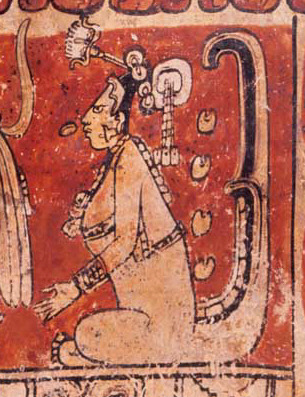
The moon by itself was somewhat harder to find. I couldn’t find any Maya depictions of it with my limited poking around of the spanish internet, but I did find a (much later) Mixtec depiction of the moon, complete with a lunar rabbit! Much like East Asian cultures, the darker markings on the moon are culturally interpreted as a rabbit shape.
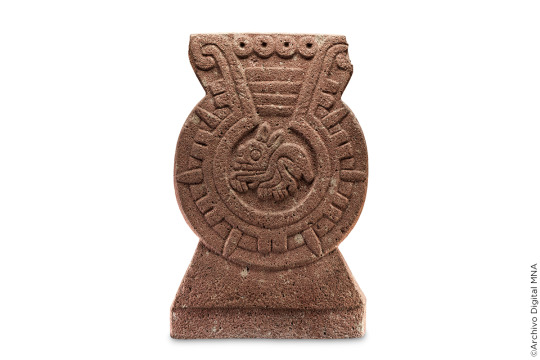
Thanks again to nordzee for pointing out the dissonant art style, because the real mesoamerican art on this subject is phenomenal.
Next time, the movie will hurt me more, so if anybody else has fun facts to share or details to point out. PLEASE. Ease my pain.
⛬
(Previous) | (Index) | (Next)
⛬
Alt text citations:
None this time. Many ramblings, though.
#prometheus 2012#prometheus (2012)#I work in a place where quite a lot of people have to put on clean room suits to go to work#their rooms are behind airlock doors#and that's just to make sure outside germs don't get in#to keep things clean#we don't even have the REALLY scary containment rooms that a few biological laboratories have#I'll ramble more about the logistics of that later#when the movie gets around to breaking laboratory safety standards as well
51 notes
·
View notes